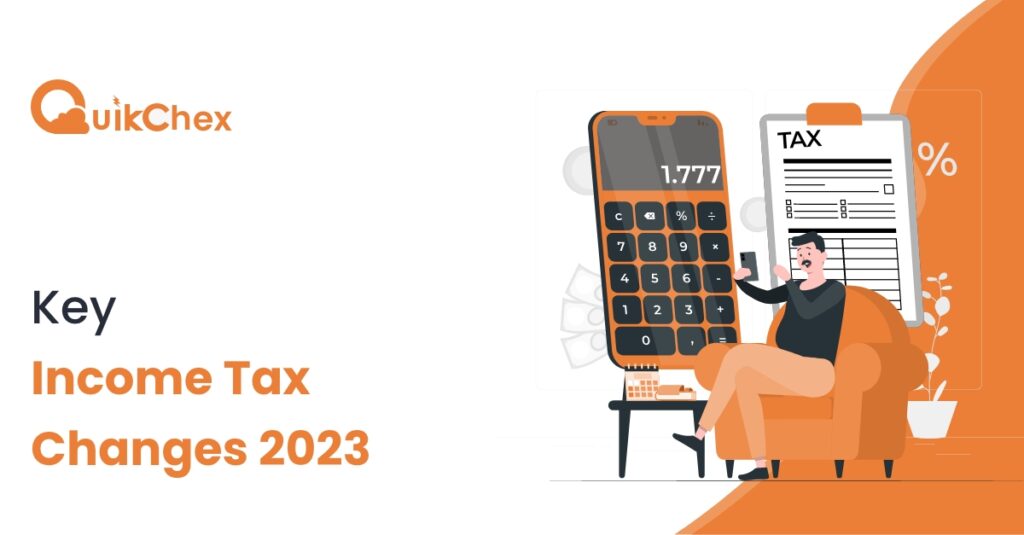Key Income Tax changes 2023

The Union Budget 2023 was announced by Indian finance minister Nirmala Sitharaman on Wednesday, 1st Feb, with some notable changes made to the Income Tax rules for salaried individuals in the country. The primary benefit of these changes (as has been communicated by the government), has been to lower the tax burden for most Indian middle class households.
Following are the key income tax changes in the union budget:
1. Income Tax Rebate limit change from INR 5 lakhs to 7 lakhs per month for the new regime:
Previously, under the new tax regime, only those with an annual income of 5 lakhs could enjoy tax-free benefits. Now, this limit has been increased from 5 to 7 lakhs in the new tax regime. This means individuals with an annual income of up to 7 lakhs do not have to pay any tax.
2. Revision of tax slabs under the new regime:
The minimum tax exemption limit has been increased from INR 2.5 lakh to 3 lakhs per annum under the new regime and the total number of income slabs has also been reduced from 6 to 5. Here is a tabular representation of the same.
| Income tax slabs | Tax % |
| 0 to 3 Lakhs | Nil |
| 3 to 6 Lakhs | 5% |
| 6 to 9 Lakhs | 10% |
| 9 to 12 Lakhs | 15% |
| 12 to 15 Lakhs | 20% |
| Above 15 Lakhs | 30% |
3. Standard Deduction Benefits extended to the new regime:
The finance minister also announced extending the benefits of the standard deduction to the new tax regime. Any salaried person with an income of 15.5 Lakhs or more would get net benefits of Rs 52,500.
4. Reduction of surcharge from 37% to 25% under the new regime:
India has one of the top income tax rates in the world. The highest tax rate in India goes up to 42.74% with the surcharge. To combat this situation, the highest surcharge limit which was 37% has now been reduced to 25%, reducing the overall highest tax rate to 39%.
5. Leave encashment limits on retirement increased:
The tax exemption limit for leave encashment salaried individuals has been Rs 3 Lakh, which has not been changed since 2002, despite significant increases in overall wages. This limit has now been increased to 25 Lakhs.
These changes are proposed to take effect from April 1st 2023, with tax-payers still retaining the option to choose between either the new or old tax regimes. Regardless of which regime an individual might choose, the recent announcements will certainly be welcomed by all tax-payers.